
Crocheting amigurumi's is really not difficult.
Answers to the most frequently asked questions!
Amigurumi?!
If you've never crocheted an amigurumi before, I can imagine it looks difficult. First of all, the word alone!
The word amigurumi comes from Japan. It is a combination of the words "ami" (crocheted or knitted) and "nuigurumi" (stuffed toy/stuffed animal). Loosely translated, an amigurumi is a knitted or crocheted cuddly toy. Originally, they are small cuddly toys with an appearance that appeals to children and is meant to play with. When we talk about amigurumi we usually mean crocheted creations such as dolls and animals, but amigurumi can just as well be knitted.
So if you replace the word amigurumi with a cuddly toy, it sounds a lot easier, right? But amigurumi is not just crocheting cuddly toys, it is so much more than that: from plants / flowers, food and beautiful creations as decoration. And basically everything in between.
Amigurumi crochet pattern
Is crocheting amigurumi really as difficult as it looks? No, it does take some practice. But if you have mastered the basic stitches such as a Magic Ring, a Slip Stitch a Single Crochet and a Chain, then you can actually crochet a lot of amigurumi's.
I have listed the most frequently asked questions about crocheting amigurumi's for you, of course with an extensive answer!
I can't read a crochet pattern, I find it hard to read a crochet pattern.
You can learn to read a crochet pattern. It's really not as difficult as it might look.
Have you ever baked a cake yourself? You first read the recipe carefully, get all the ingredients at home and then follow the recipe step by step. As a result, you have a delicious homemade cake!
It’s the same with following a pattern. You read the pattern carefully, you gather all the necessary materials and then follow the pattern step by step.
At the very top of all my patterns I have a list of used abbreviations and stitches, so you know which stitch needs to be crocheted and when.
You will see that when you have come to the end of the pattern, you have a very nice self-crocheted creation.
You should read this blog: How to read a crochet pattern. You will find more detailed information in this blog.
Also know that you can always send me a message if you get stuck in a pattern.

I think crocheting amigurumi's is quite fiddly!
That's possible, I think that sometimes too! There are certainly creations where you will crochet a bit smaller than you might be used to. It often involves crocheting fingers and toes, which are always a bit smaller. Then don't crochet everything at one time. Crochet a little bit now and then and before you know it you have crocheted enough fingers and toes together!
If it is too stressful for your hands, you can also choose to crochet the entire pattern with thicker yarn and a larger crochet hook. Your creation will then become a bit bigger.

How do I get all the crocheted parts of a face in the right place!
Take, for example, Franklin's face, which consists of quite a lot of parts. They are all crocheted separately and sewn onto the face.
My advice: crochet all the loose parts first. Then pin them on the face. Take a critical look to see if it's to your liking. Is the nose too thick, are the ears at the right height, etc. Now you can remove everything and pin it differently. Is it to your liking? Then take a picture so you can take another look when you're sewing everything together.
Do you find it difficult to sew everything together with the same thread? Split the cotton thread or use sewing thread and a longer needle to secure everything.
How do I crochet the fingers and thumb together, that looks difficult!
Nellie wanted to crochet Poppy for her granddaughter, she hadn't crocheted in years. Crocheting the pattern went well, all patterns are clearly described, supplemented with photos to make everything even clearer. But Nellie had trouble making the hand. Crocheting the fingers together went okay, but just the part where you then crochet the thumb to the hand caused some problems. She almost wanted to stop and make it a round stump.
But you want her to get the same fingers and hands as in the example, don't you? If you've never done this before, then I can imagine it looks difficult. Luckily she sent me a message and I was able to help Nellie through it step by step.
Often it is a matter of hearing or reading the pattern again and then it succeeds. And look at the great result! Nellie did not use any wire in the body so Poppy could also be washed.
So if you get stuck in a pattern somewhere, you can always send me a message, so that I can help you on your way.
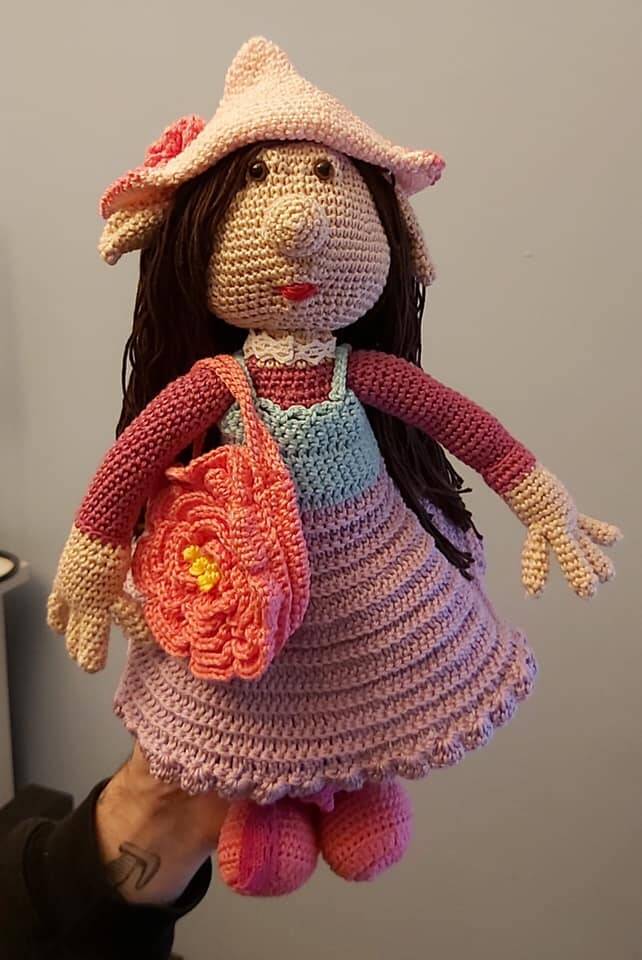
I have never worked with iron wire/chenille wire/electric wire.
I want to try it, is it difficult to crochet with?
One of the ladies who tests my patterns for me, Christine, had also never worked with electric wire. What she always loves to do is take extensive photos of her crocheted creations and then write a nice story to go with the pictures and the creation.
She had the courage to try to use electric wire in the arms and legs, as described in my patterns. It worked out super well. Yes, it is sometimes a bit more difficult to crochet, because the wire can sometimes get in the way. But she now has creations where she can put the arms and legs in different positions, making her photos even more fun and the story even more vivid! Really, using electric wire gives just that little bit extra to your crocheted creation!

I have never worked with iron wire/chenille wire/electric wire.
Is it really necessary in the pattern?
All my patterns can be made without iron wire or electrical wire. Stuff the body firmly and put a sole of sturdy plastic or cardboard in the soles of the creations, so that they can stand better.
If you want to crochet a cuddly toy, it is advisable not to use a wire, so that the child can cuddle with it and that the cuddly toy can also be washed. But if you ever want to try it, putting electric wire in the arms and legs of your creation, you will see that it gives just that little bit extra to your creation.
I don't have the right yarn at home, is that a bad thing?
That doesn't matter at all. There are several possibilities. You crochet the pattern with the yarn that you do have at home. Adjust your crochet hook accordingly. If you use thicker or thinner yarn, the creation will also be slightly larger or slightly smaller. Just fun, right? Keep in mind the size of the eyes if you use other yarn. But also playing with larger or smaller eyes can give a nice effect with your amigurumi.
Or you will have to go out to shop for new skeins! So that your creation becomes exactly as described in the pattern. It's just what you want and what you like.
I want to make the creation bigger or smaller, how do I adjust the pattern?
My advice is, do not make any changes to the pattern, do not skip rounds or add rounds, because then all proportions are gone. Chances are that your creation will not look as beautiful as you would like. The easiest and most obvious way to make a creation bigger or smaller is to adjust the yarn. Take thicker or thinner yarn and adjust your crochet hook accordingly. For example, use double-thread yarn and a larger crochet hook to make the creation bigger.
Maybe you still have another question. Feel free to ask. Put your question below, or send it to me in a message. Then I can answer the question for you and also add the question and the answer to this blog, to make even more crocheters enthusiastic about crocheting amigurumi!
Really, crocheting amigurumi's is the most fun way to relax and create something beautiful at the same time!
All crochet patterns that you see here can be found at All Patterns!


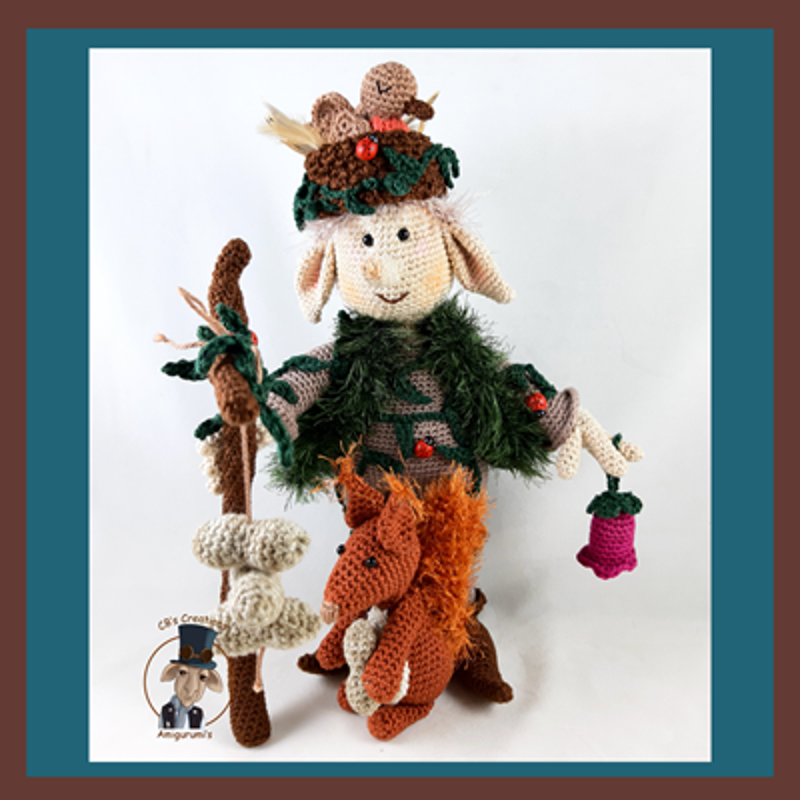
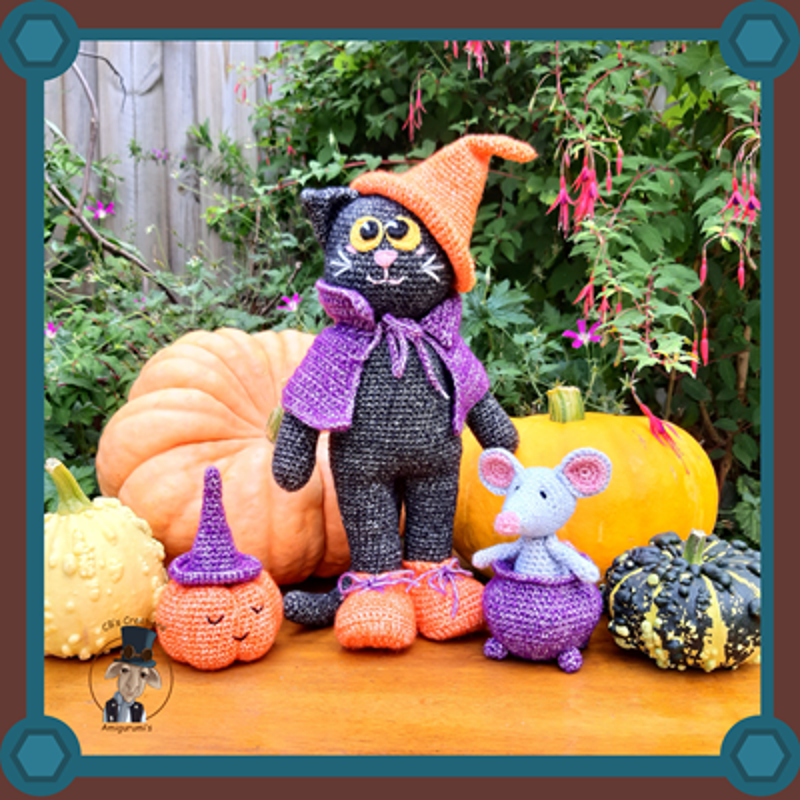
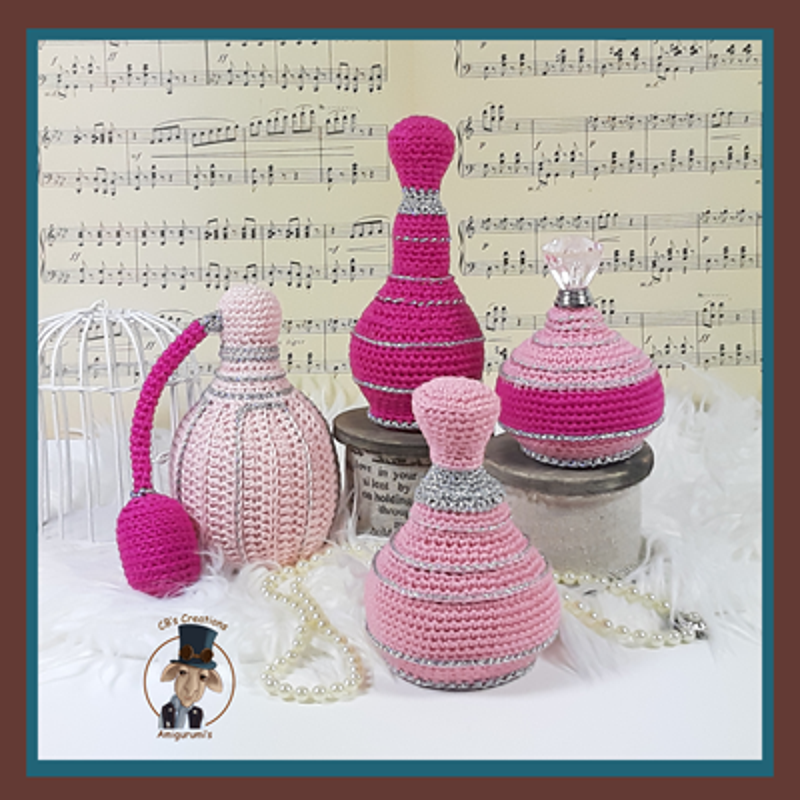
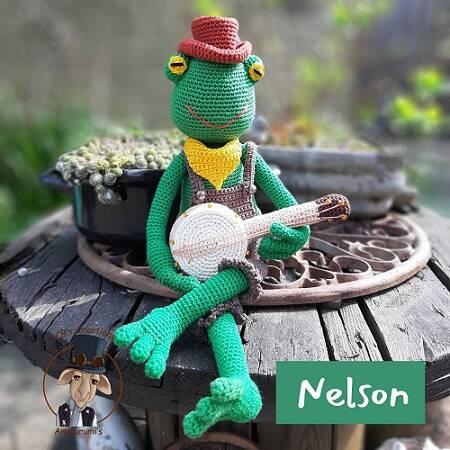

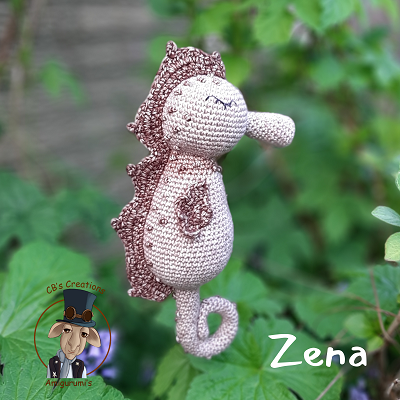
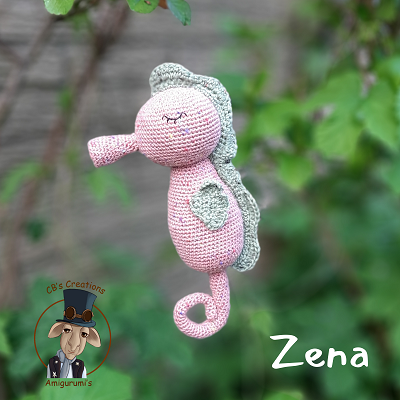
Add comment
Comments
Robię amigurumi i mam do wykonania płaską część, nie chcę zakańczać i dołączać z przeciwnego brzegu. Znalazłam informacje że ścieg wsteczny wygląda tak samo jak zwykły tylko ma ze sobą zamienione strony. Poszukałam na ten temat informacji w internecie i nigdzie nie ma.
Proszę o aktualizację tłumaczącą jak go wykonać